Crack Sensor Node
The Crack Sensor Node is used to monitor structural movement including pile separation, crack movement and expansion joint movement.
The Crack Sensor Node interfaces to a linear displacement sensor. It’s high precision sampling circuit powers the sensor and reports its measurements through Senceive’s wireless communications network to a Gateway. It has been successfully used in many applications, including those measuring:
- Crack movement
- Pile separation
- Structural movement
- Expansion joint monitoring
Categories: Geo-Structural Instruments, Wireless
Description
Features
- Waterproof, robust connectors for simple installation
- Automatic sensor type detection
- Extremely low noise performance
- 16-bit resolution (65,536 steps over the full scale)
- Integrated long life battery
- 12-15 years’ battery life
- Internal temperature sensor
- One and two channel variants offered as standard
- Waterproof to IP66 / IP67 / IP68
- Variety of fixings available for easy installation on site
Additional information
| Brands | |
|---|---|
| Circuit Topology |
Voltage divider |
| Stimulus |
2.5V, 100mA max |
| Resolution |
0.0015% of full scale |
| Noise Level |
0.005% of full scale (typical peak to peak) |
Reviews (0)
Be the first to review “Crack Sensor Node” Cancel reply
About brand
Since 2005, Senceive has been singularly focused on bringing intelligent wireless condition monitoring to civil engineering and rail applications. Senceive is widely seen as the global leader for wireless remote condition monitoring solutions, with more than 30,000 sensors installed in 2020 alone.
Related products
VW PIEZOMETER VWP-3000 SERIES
In stock
Rated 0 out of 5
NANO TRIAXIAL TILT SENSOR
In stock
Rated 0 out of 5
The Nano range uses the same core platform as our other tilt sensors, so it can deliver a similar level of performance and reliability, all in a small and robust enclosure. Nanos have been successfully used in many applications, including:
- Tunnel distortion
- Tunnel heave/settlement
- Embankment slippage (used in conjunction with stake mounts)
- Structural movement
- Rail track heave/settlement
- Rail trackbed cant and twist
TRIAXIAL TILT SENSOR NODE
In stock
Rated 0 out of 5
SUBMERSIBLE TILT METER
In stock
Rated 0 out of 5
DIGITAL PIEZOMETER – dPiezo
In stock
Rated 0 out of 5
IPI-X IN PLACE INC – EXT
In stock
Rated 0 out of 5
TILT BEAM MEMS
In stock
Rated 0 out of 5
MEMS Tilt Beams are designed for attachment to structures, on either a vertical or horizontal surface, for the measurement of tilt or differential settlement.
They consist of a highly accurate MEMS sensor housed in a fully sealed enclosure which is mounted on a lightweight rigid GRP beam. This can be mounted onto the structure using special anchors. The GRP beam has a very low coefficient of thermal expansion meaning that thermal affects are minimised.
WATER LEVEL METER
In stock
Rated 0 out of 5



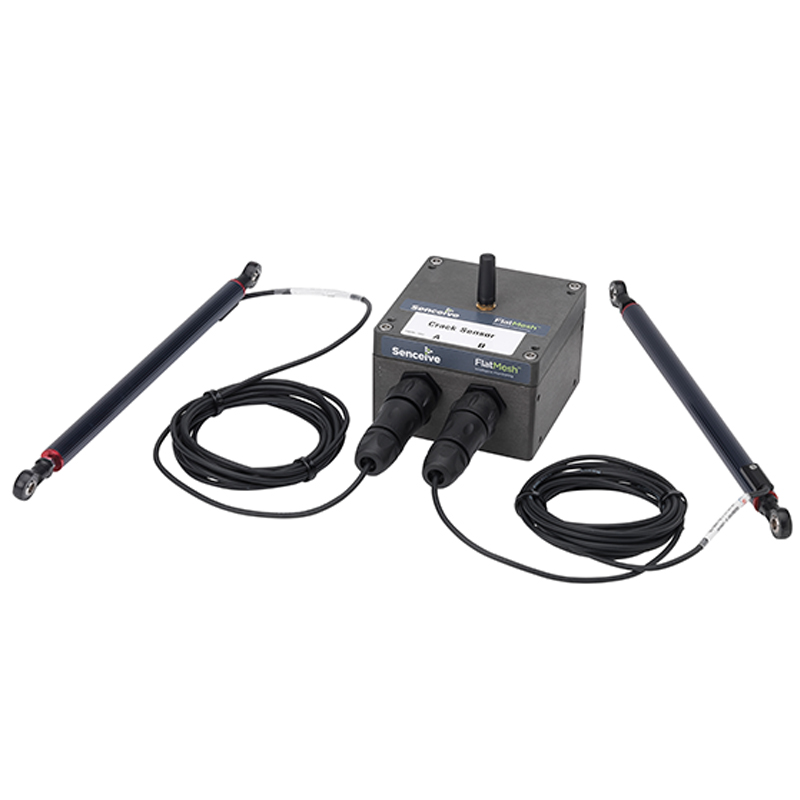
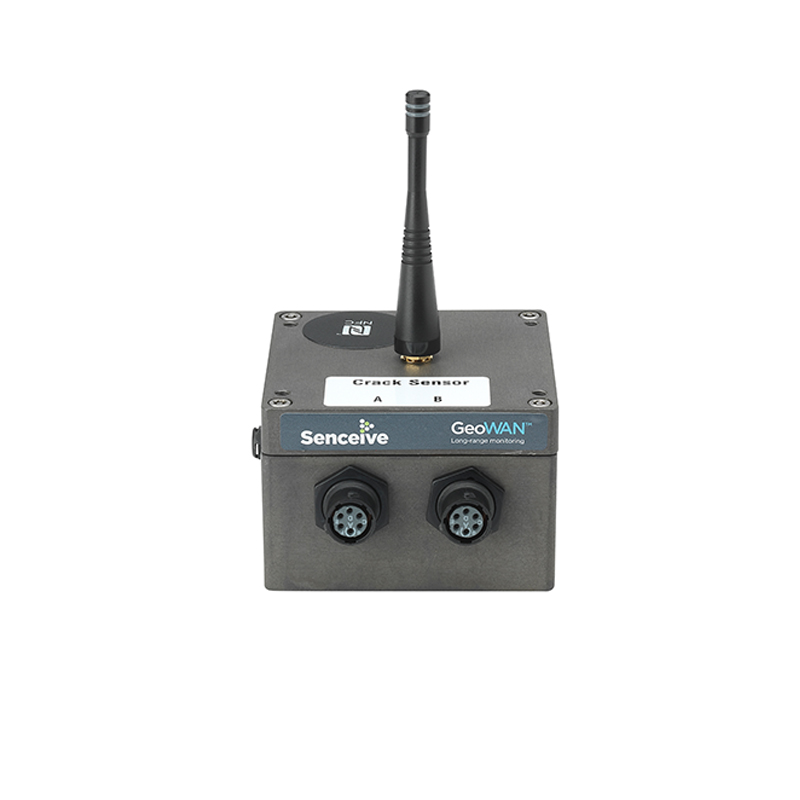

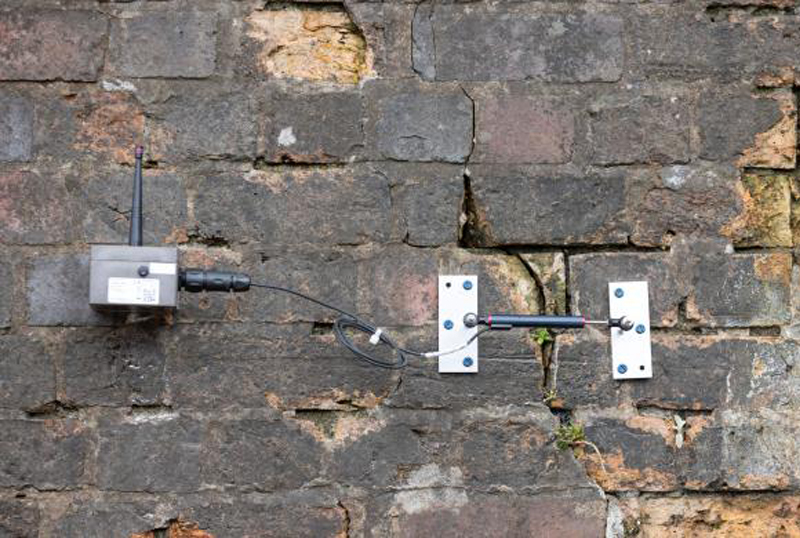
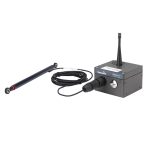




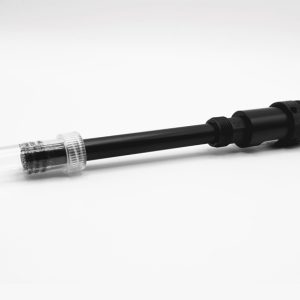
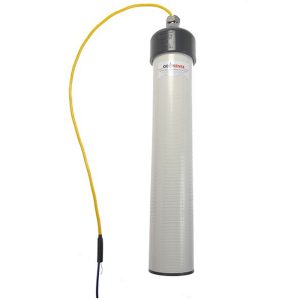

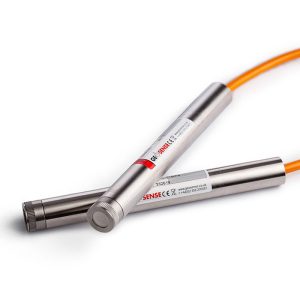


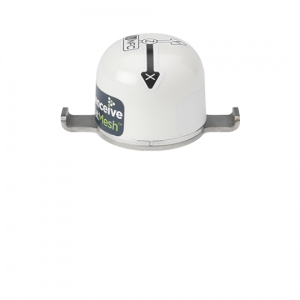
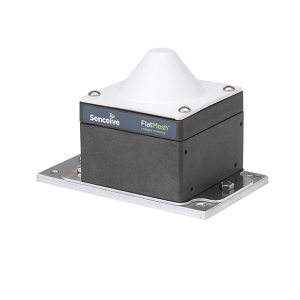
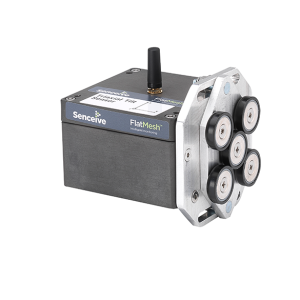
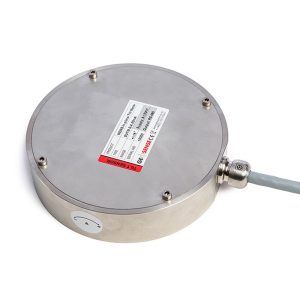
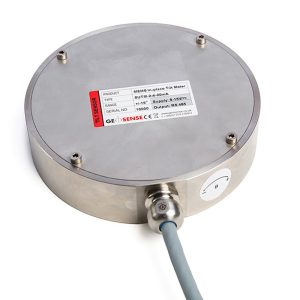
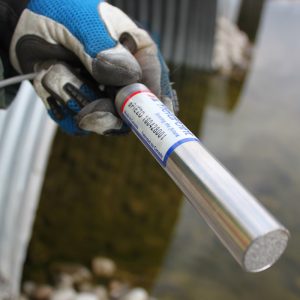
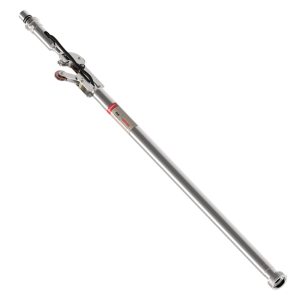
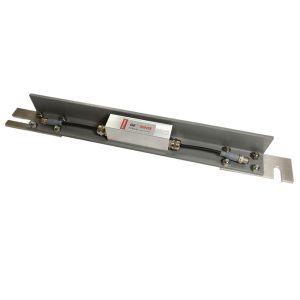
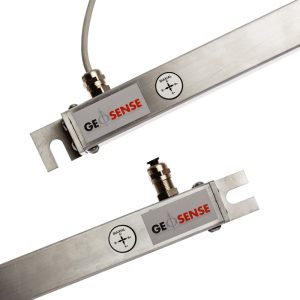
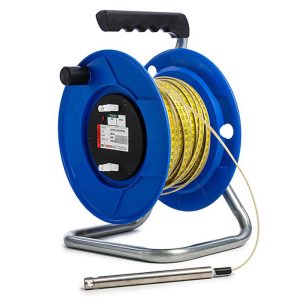
Reviews
There are no reviews yet.